LOCATION: Endemic to North and South islands of New Zealand.
RONGOĀ: Medicinally it is the astringent qualities of the young leaf tips that are most highly regarded. They are in fact, so prized as a cure for diarrhea and dysentery that during World War II, Māori in New Zealand sent them to the Māori troops in the Middle East who were suffering from these complaints. They could be either chewed raw (and not swallowed) or the liquid from the steeped leaves was drunk. This same liquid could be stored and used as a cure for liver and bladder complaints.
- Leaves can stimulate appetite by chewing on them.
- The fresh young leaves steeped in hot water for a time make a liquid that was given to expectant mothers to help bring on an easy and rapid childbirth, while the branches were used in steam baths after childbirth.
- Bruised leaves are applied as a poultice to ulcers and boils.
- The plant’s sap is used for a child’s skin complaint called hawiniwani.
- Leaves are used as a pack for baby sores.
- The liquid from boiled leaves can be used as a gargle and mouthwash.
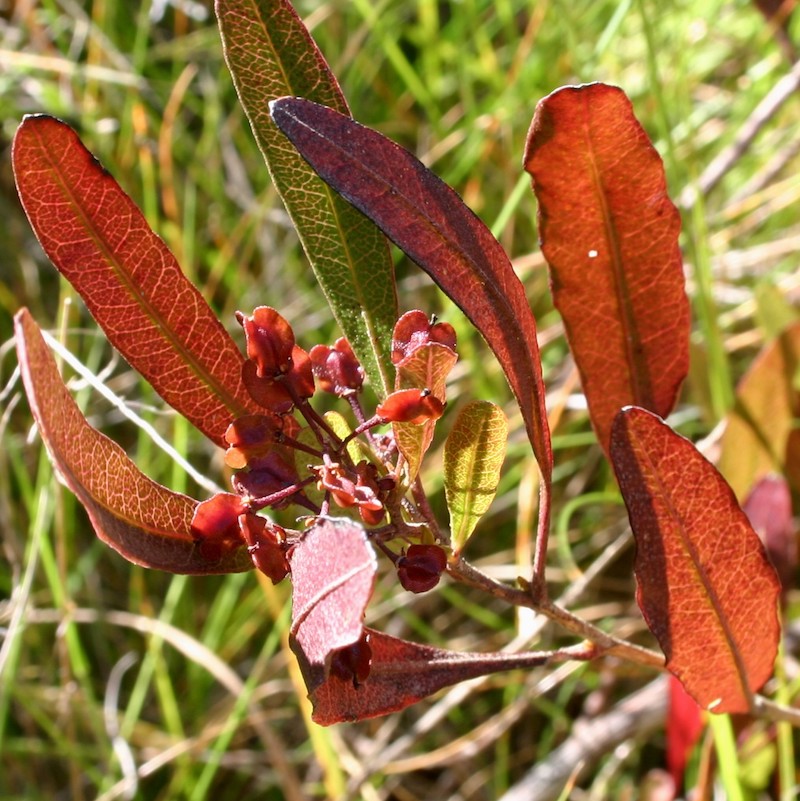 Mike Lusk
Mike Lusk Five times winner of the prestigious international green space award.
Five times winner of the prestigious international green space award.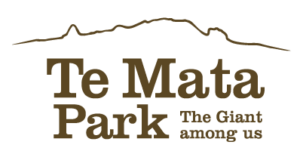
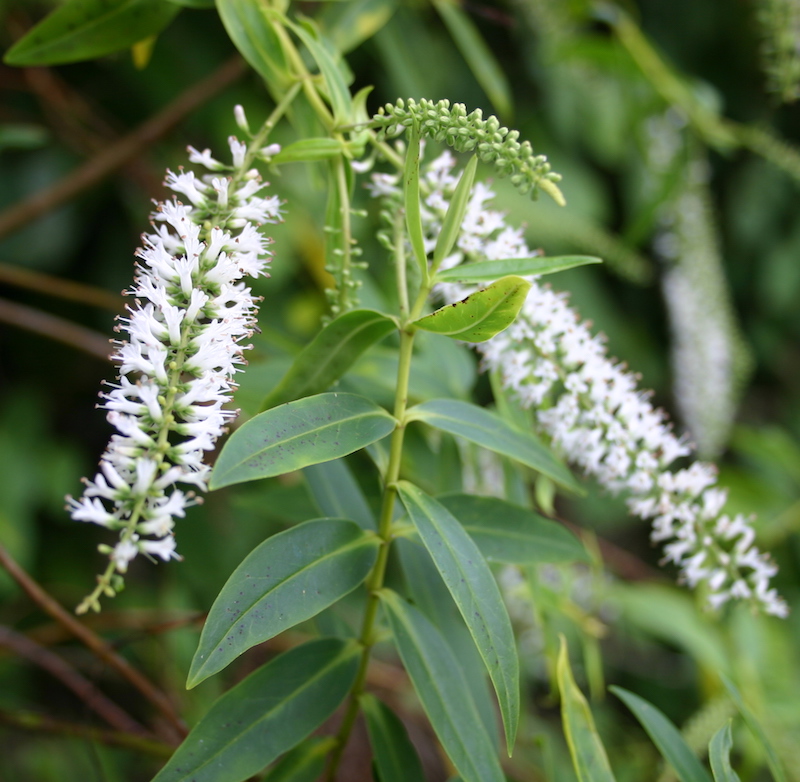
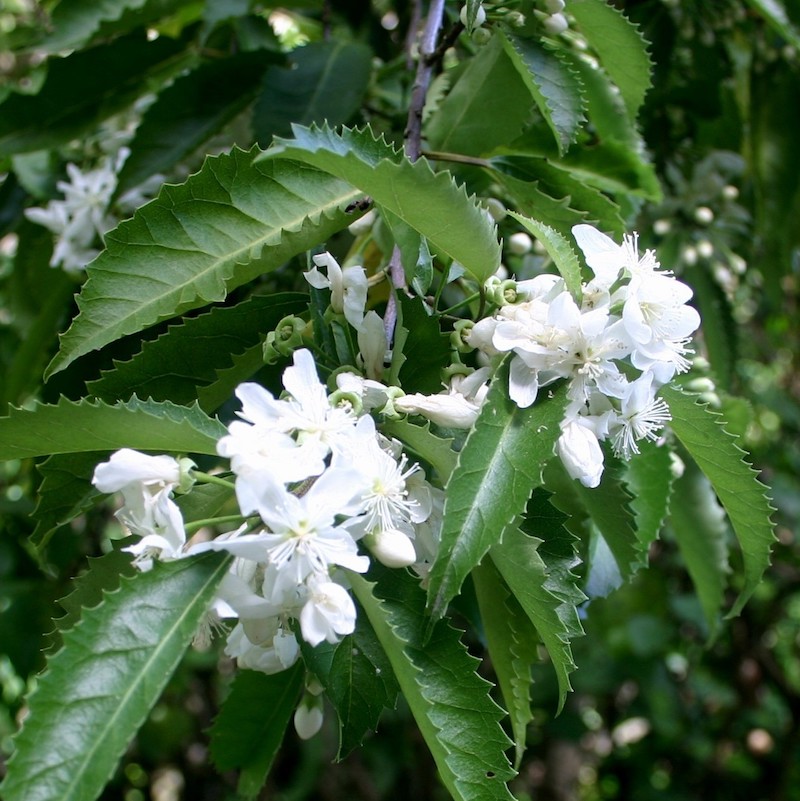 Source: Mike Lusk
Source: Mike Lusk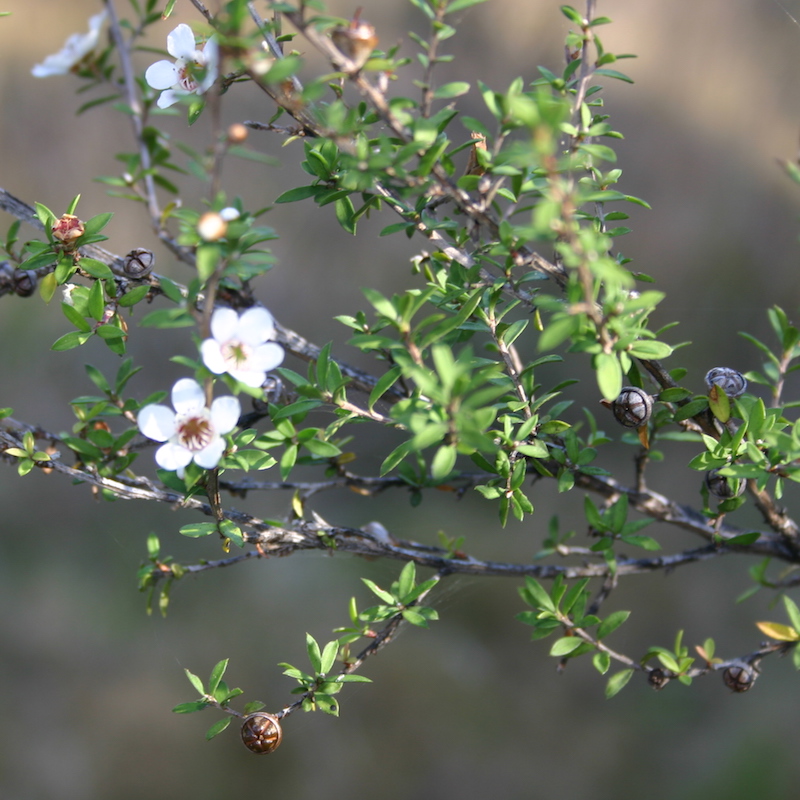 Source Mike Lusk
Source Mike Lusk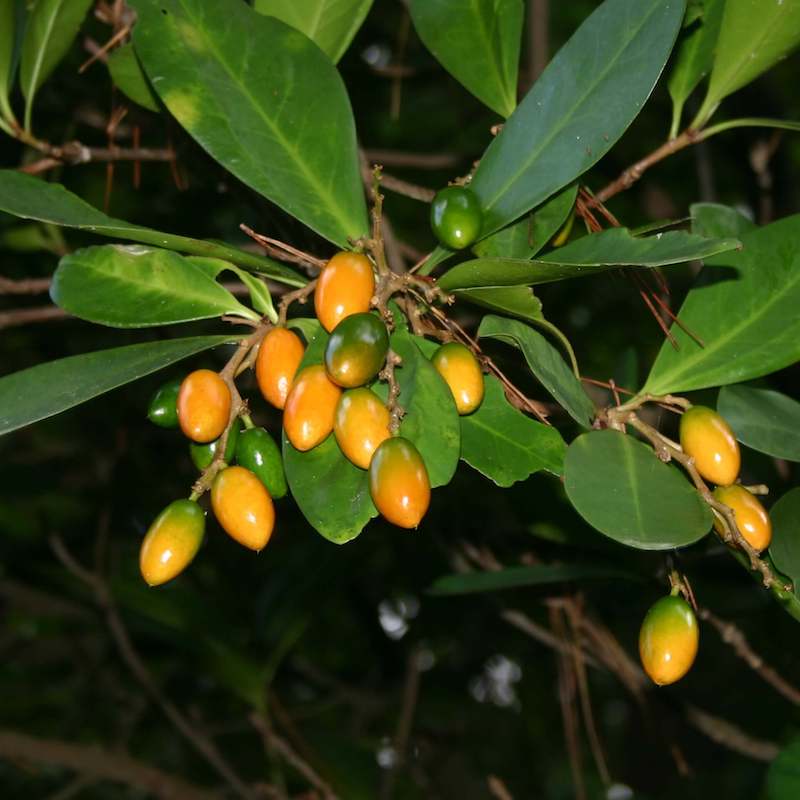 Source: Mike Lusk
Source: Mike Lusk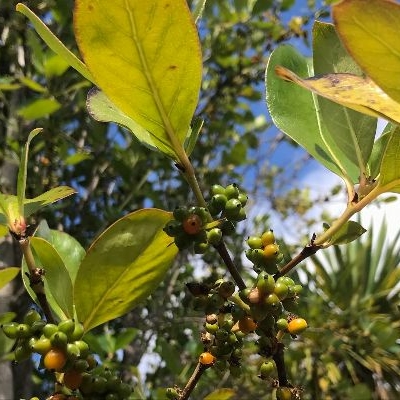
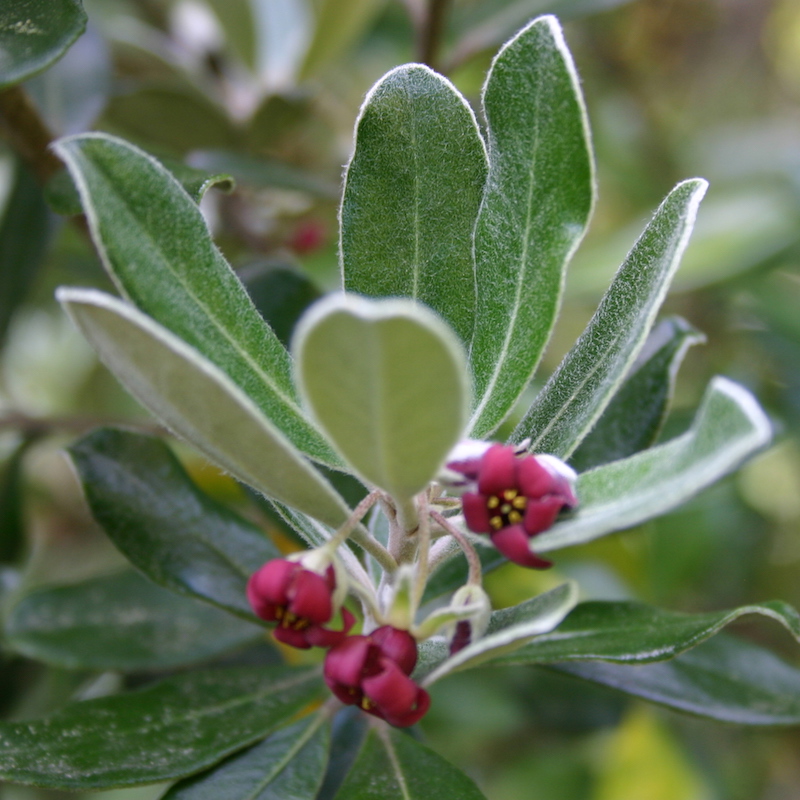 Mike Lusk
Mike Lusk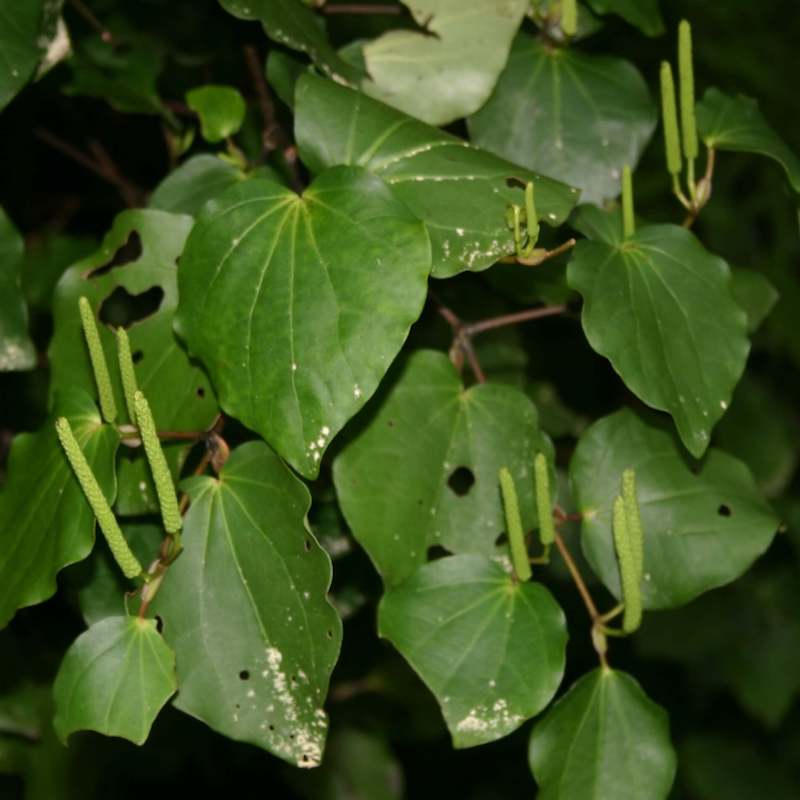 Source: Mike Lusk
Source: Mike Lusk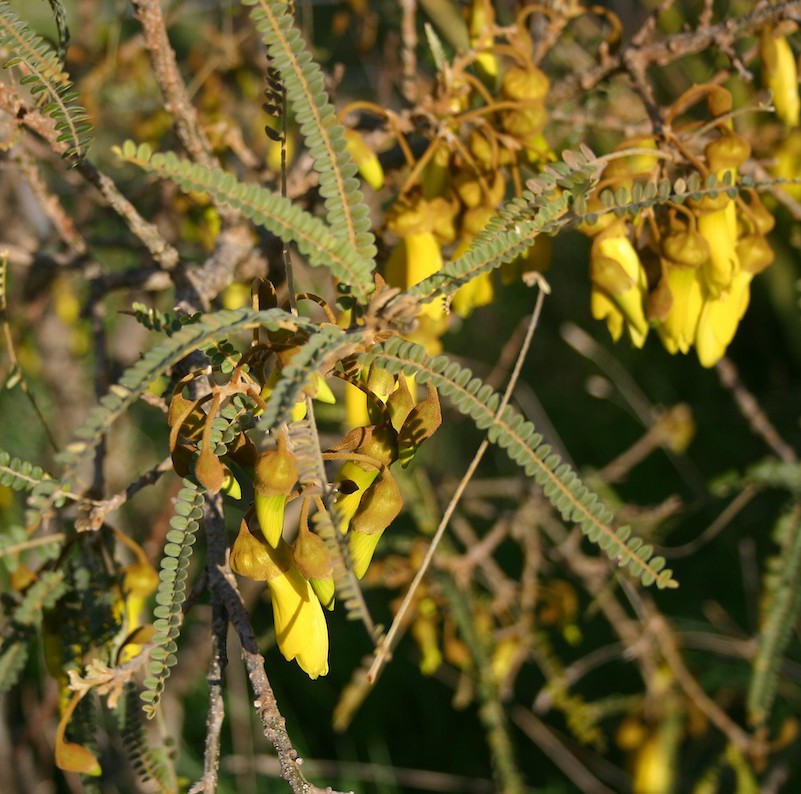 Source: Mike Lusk
Source: Mike Lusk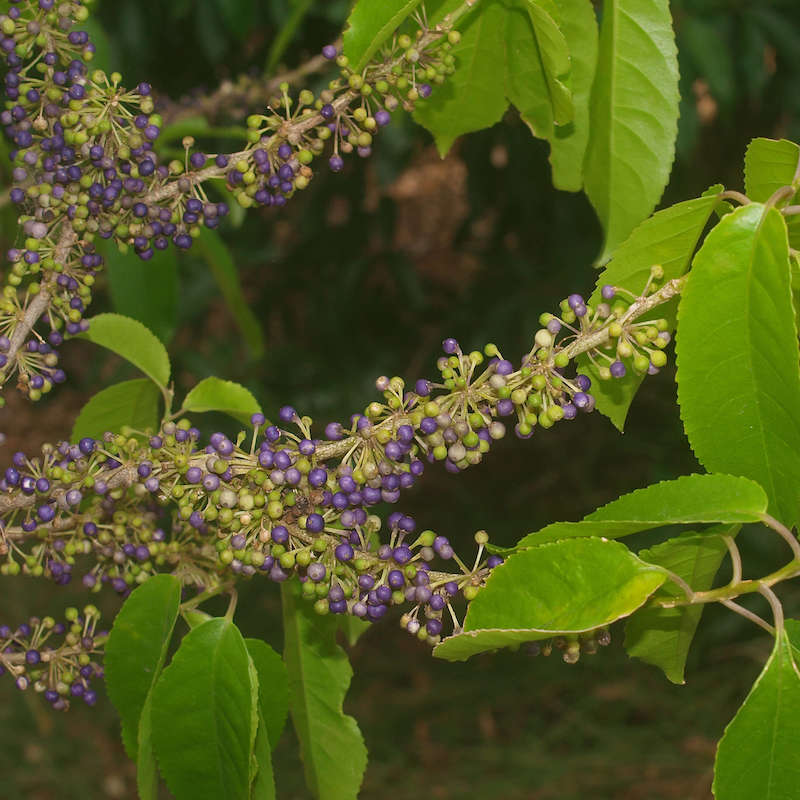 Source: Mike Lusk
Source: Mike Lusk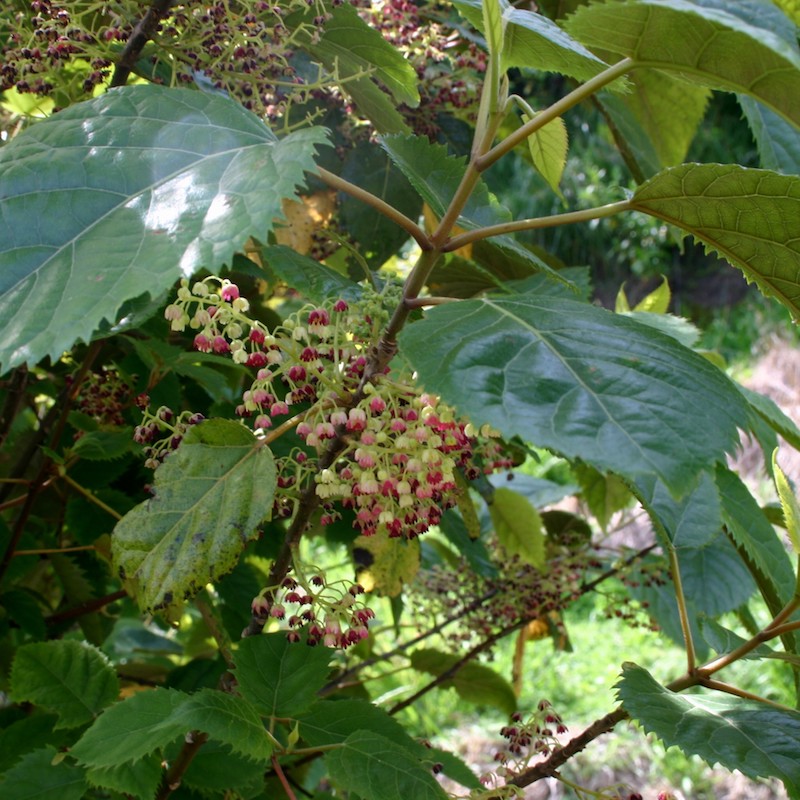 Mike Lusk
Mike Lusk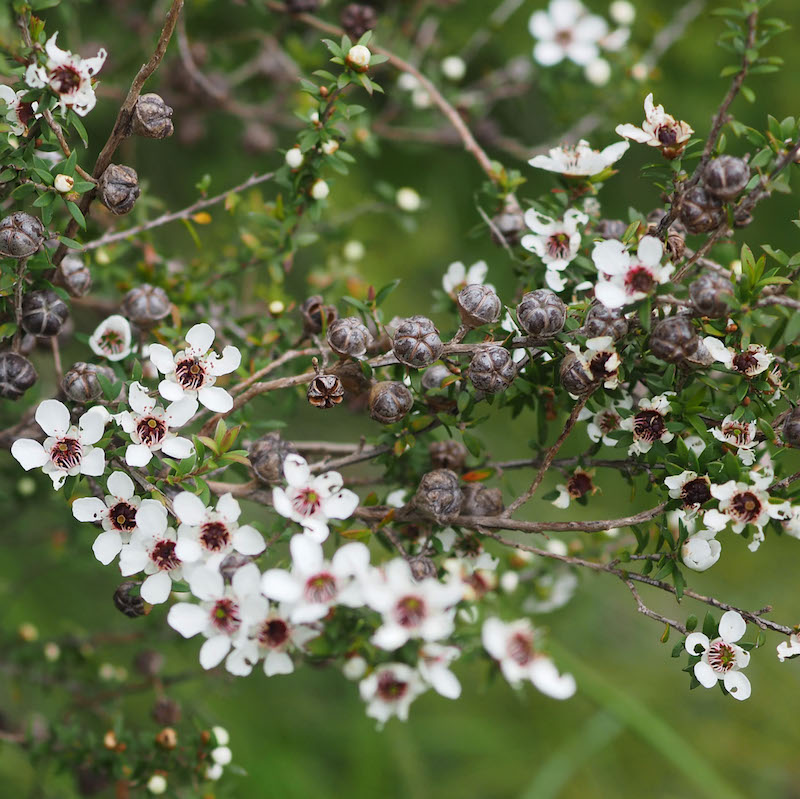 Source Mike Lusk
Source Mike Lusk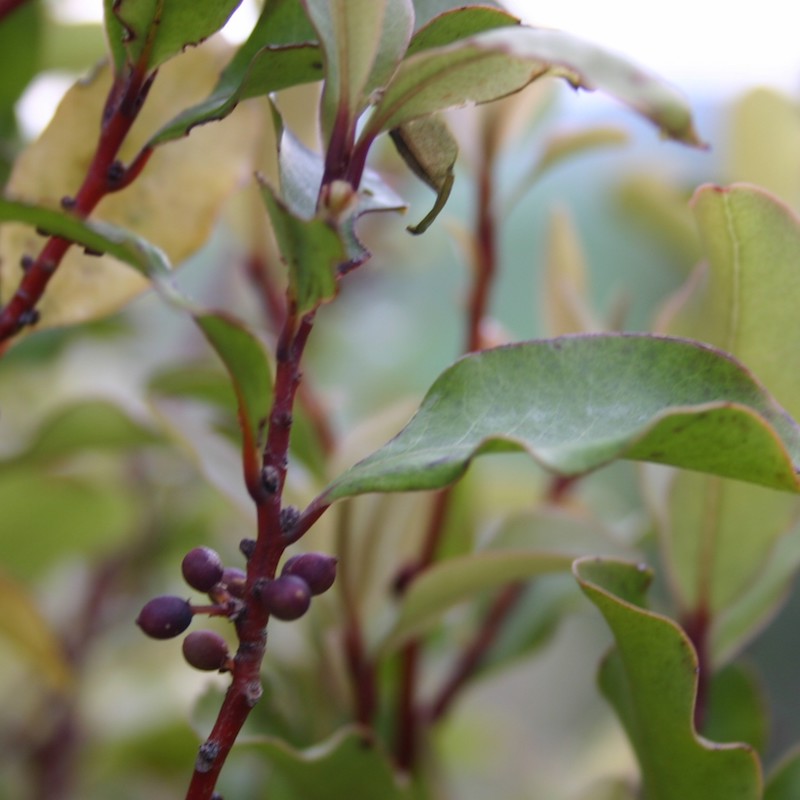
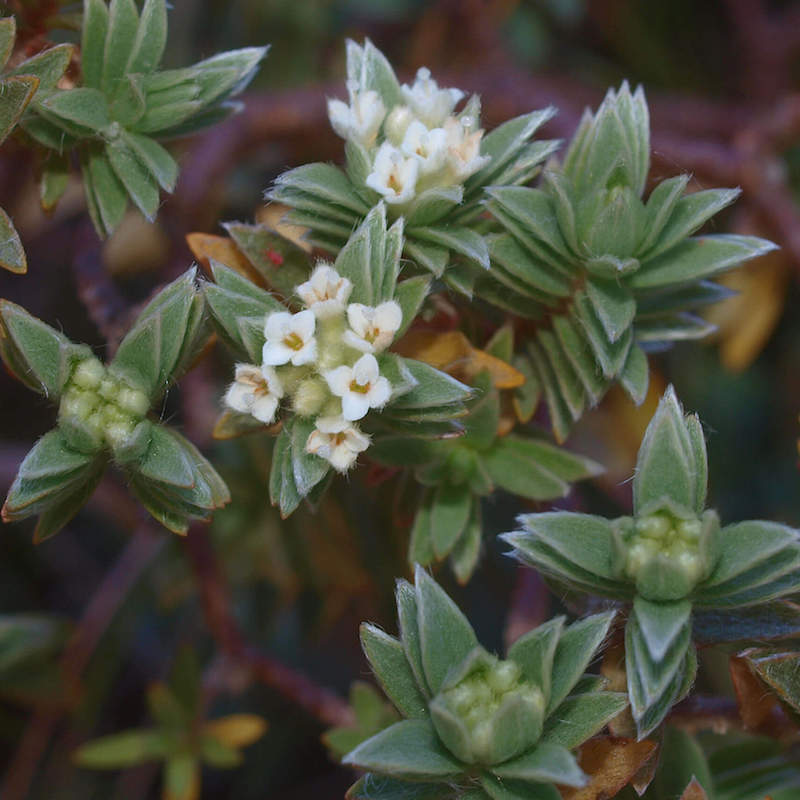 Source: Mike Lusk
Source: Mike Lusk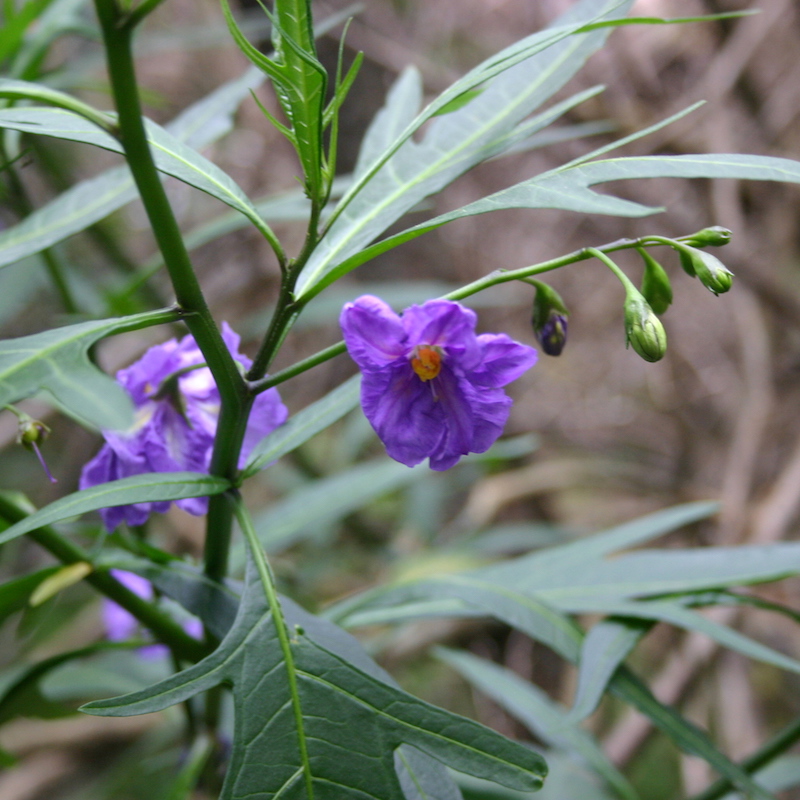
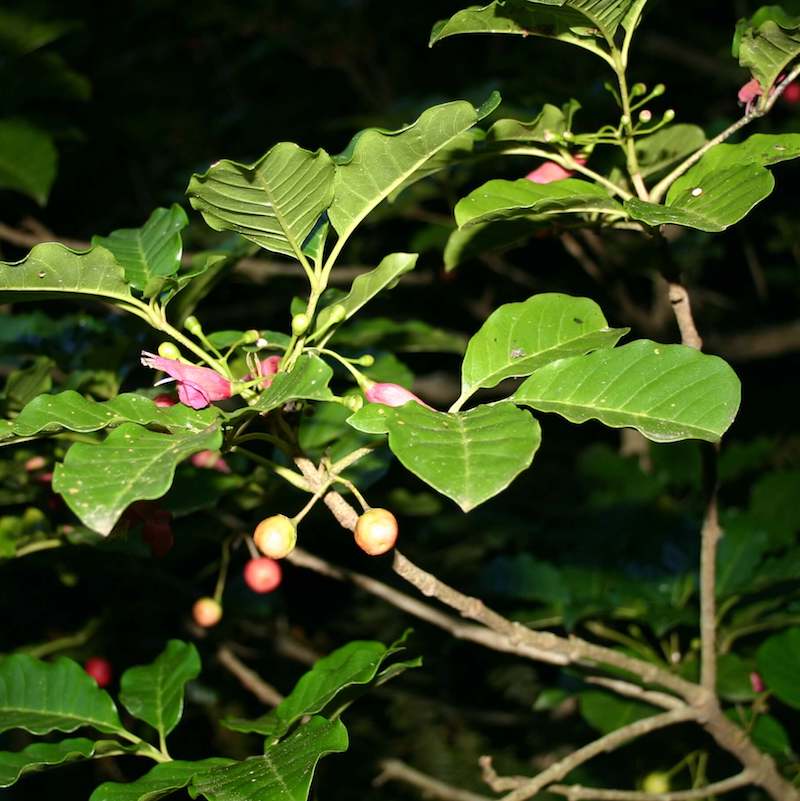 Source: Mike Lusk
Source: Mike Lusk
 Mike Lusk
Mike Lusk Mike Lusk
Mike Lusk